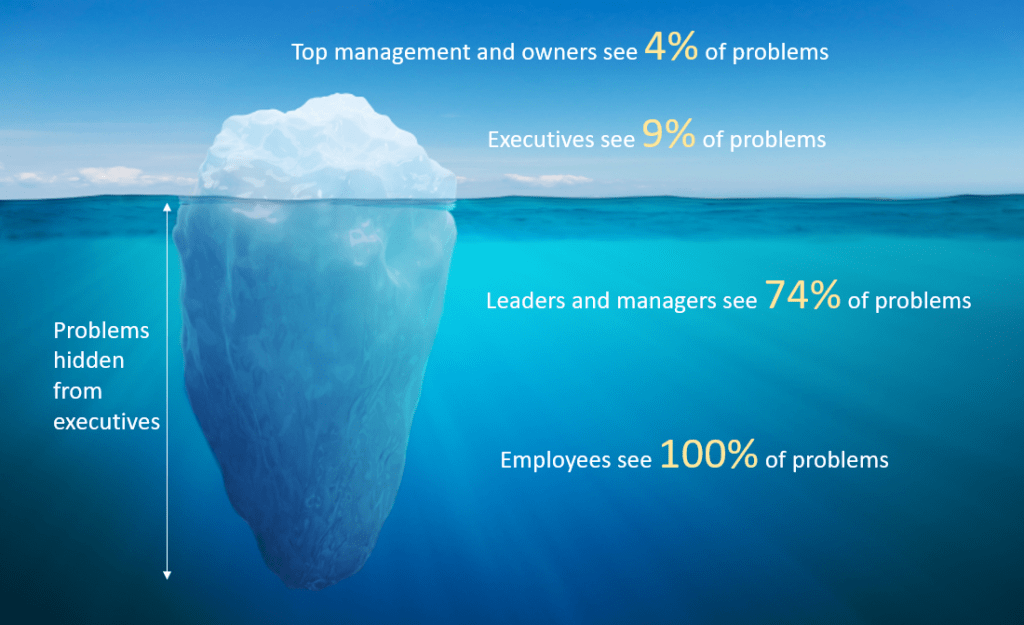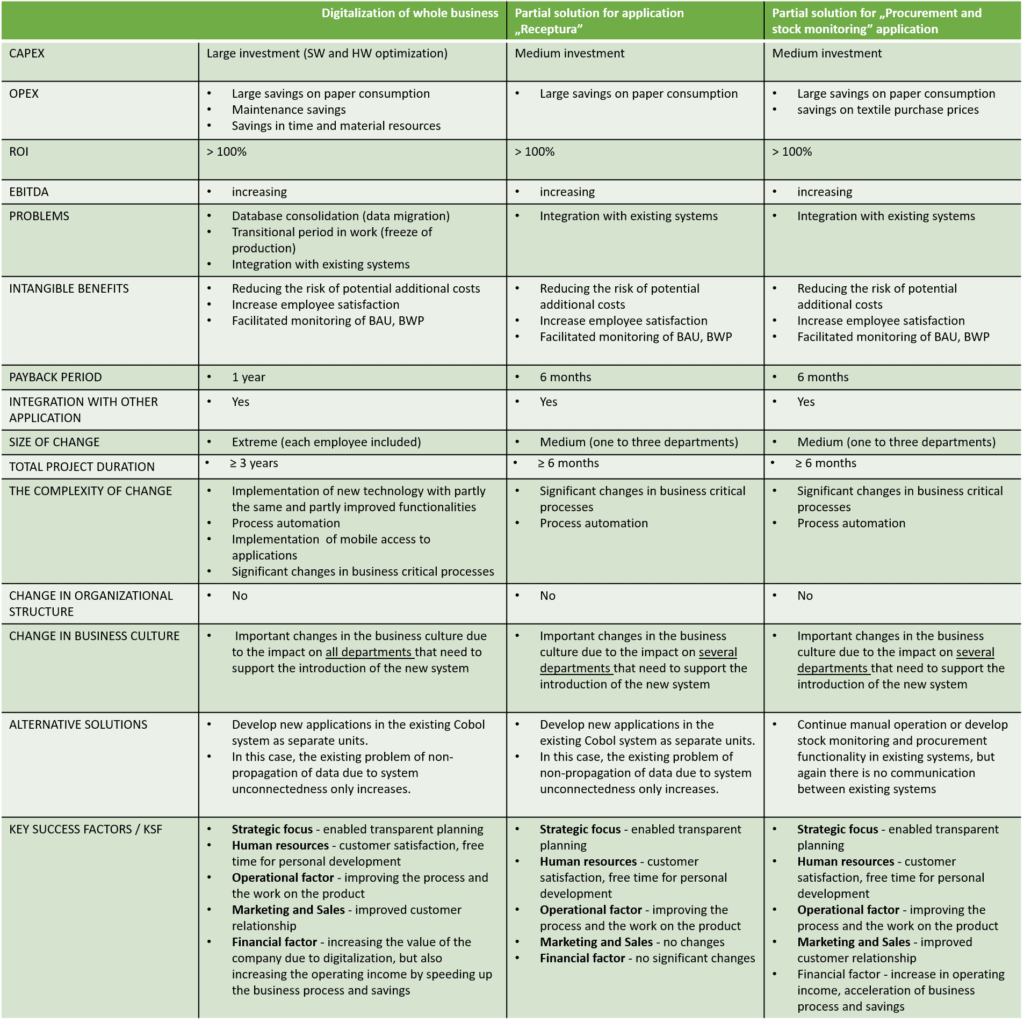
The world is changing, becoming digitized, virtual, beyond the reality of paper and direct communication.
Especially in 2020, during the coronavirus pandemic that affected the whole world and showed us how quickly and adequately companies whose business was already digitized can react to the new situation.
Of course, business digitalization must be systematically built and companies whose core business is in the technical or ICT field are much more prepared than companies whose business area is production, administration, etc. But anyway, some companies in the race have learned a lesson and introduced a new, digitalized form of business and thus protected both their employees and the clients they work with.
We strive to provide clients a complete solution to their business problem – from business needs analysis, software development, project management, testing, setting solutions, to the production environment and support.
One of the leading companies in the textile industry in Croatia turned to us for help in detecting the area of business digitalization which would speed up the flow of production and ultimately increase its benefits.
"We have a problem!" is the sentence we most often hear from a client who addresses us. Sometimes this problem is fully identified by experts within the company, and sometimes it requires the cooperation of consultants who have experience in identifying company problems as only just the tip of the iceberg, and noticing that there’s much more beneath the surface than it seems at first glance.

The first piece of information we received from the client before our arrival was that they have a problem with software that is not technologically up to date. The expertise that was done showed that in addition to this problem, there is also a problem with key processes that are not applied to the application and thus lead to a loss of time and information crucial for the course of the production.
Thus began our journey…
The subject of expertise is far broader than the problem that was originally reported. It relates to the automation of the entire business of the company, modernization which would provide the company with added value, increase productivity and bring certain benefits.
Of course, the object of this expertise is the company that was once a textile giant. Today, it has far less innovation than it once had, fewer employees and lower incomes than we are accustomed to. While the potential and knowledge of employees is indisputable, according to the business changes that are currently present in the world and the technologies used by the company, it is well behind schedule and it’s high time to make some changes in the client's business.
That’s why we decided to make an expertise statement as it is done in the following cases:
Of course, a whole range of activities that require experience in both business and technical areas had to be performed in detail.
The activities we were engaged in are as follows:
Interviews allowed us to collect primary data which are the basis of the business processes for the analysis of the existing situation, the development of the cost benefit analysis and the proposal of the area for automation.
We went to different departments, talked to managers, employees, carefully recorded, remembered and photographed, but every time the conclusion was the same – they lack timely information, there is a lot of manual labor and a lot of damaged trees because all documents are printed and physically carried by departments. The desire for change is evident both in employees and in management.
Based on the data, representations of the process are drawn, so we can indicate the parts that have been digitized. Such an approach makes it easier to identify the parts of the process in which there is no exchange of information and which are the critical points whose elimination or change can speed up the workflow and thus create added value.
The visualization of the data and critical points allows us to draw conclusions more easily that will be the basis for the development of a business case, and thus for the analysis of costs and benefits of the investment.
Depending on the client's wishes, either a brief overview (quantitative analysis) or a detailed analysis with a precise calculation can be done.
In the case of our client who needed prepared data to decide how extensive a project they would accept, only a quantitative analysis was done without a detailed calculation for individual items of the business case.
The business case was prepared in order to make a business decision based on a comparison of several offered solutions.
The purpose was to show the key users the basic issues that the digitalization project should address in order to achieve business benefits.
Accordingly, the level and complexity of the details required did not include a detailed cost-benefit analysis for each business case alternative.
The cost-benefit analysis is the primary method of justifying costs, used or not used (depending on the case) as a critical part of the business case, depending on the opportunity and the audience for which it is prepared.

In our case, the expertise was done for several solutions, but for only one solution, the business case, but also the cost-benefit analysis would look a little different, especially for option 1, which is a time and financially extensive project.
At each initialization of work, whether it is an IT project or projects from some other areas, it is necessary to have this approach in order to obtain a framework for successfully completed work to the mutual satisfaction of all parties.
If you want to automate and digitalize your production process feel free to reach us.



We use technologies like cookies to store and/or access device information. We do this to improve browsing experience and to show (non-) personalized ads. Consenting to these technologies will allow us to process data such as browsing behavior or unique IDs on this site. Not consenting or withdrawing consent, may adversely affect certain features and functions.